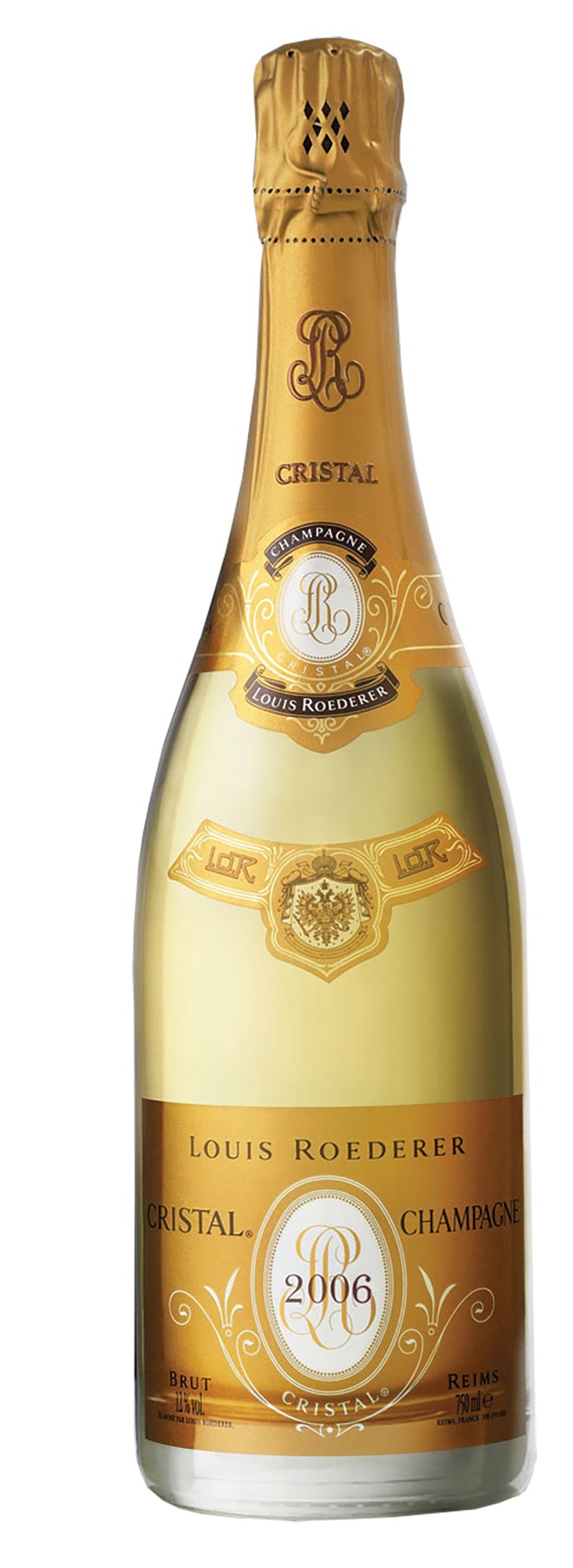Chalk, Rocks and Roederer
Getting to know the soil and sizzle of Roederer Champagne
By Ted Scheffler @critic1Louis Roederer has long been among my very favorite Champagne houses. So, when presented with an opportunity to enjoy a personal tasting and tour of Roederer's Champagnes and caves during a recent visit to France, I jumped at the chance.
Tour any Champagne house in France and you're going to learn a lot about chalk. Nothing is more important to producing great Champagne than chalk. That might seem surprising, since chalky wine doesn't seem to fit Champagne's elegant image. But it's actually chalk that is largely responsible for producing such elegance.
The Champagne region is a challenging one for wine growers. Given its austere conditions, no one in their right mind would attempt to grow wine grape in Champagne today, had it not already been done for hundreds of years. The soil is lime-rich chalk, and the Champagne region is a cold, northern climate—not exactly Napa.
However, that cold, wet climate and chalky soil means that grape vines have to work extra hard to survive and grow deep to reach the water that seeps into the white, chalky soil. That soil retains water quite well, and the whiteness of the chalk absorbs and reflects sunlight, which helps the vines. During periods of too much rain, the chalk allows for good drainage. So, against all odds, the three varietals used in Champagne—Chardonnay, Pinot Noir and Pinot Meunier—manage to thrive in Champagne's hostile environment.
Louis Roederer Champagne is a unique house insofar as it is one of the few that are still family operated. Dating back to 1833 when the original Louis Roederer was at the helm, Roederer is now managed by Frédéric Rouzaud, who represents the seventh generation of the Roederer family lineage. Roederer is also distinctive in that it owns 240 hectares of vineyards, which satisfies about 70 percent of its grape needs. By contrast, most Champagne houses own little land of their own, and purchase grapes from various growers. In addition, more than 30 percent of Roederer's vineyards are now managed biodynamically, a rarity in Champagne to say the least.
With the exception of its Brut Premier NV and Carte Blanche, all Roederer Champagnes are single vintages. This, too, is somewhat rare. When wine writers and Champagne enthusiasts talk about a Champagne house's "style," they are speaking about non-vintage Champagnes. This is because whether you're drinking Moet & Chandon Imperial Brut, Louis Roederer Brut Premier, Veuve Clicquot Brut or any other non-vintage Champagne, it is these non-vintage wines that define the house style. Since non-vintage Champagne is produced on a yearly basis (as opposed to vintage years, which are sporadic), it's important that the style—flavor, texture, aromas, color, etc.—be consistent from one year to the next. Vintage Champagnes can vary tremendously from one vintage to the next, but non-vintage Champagnes must represent a distinguishable house style, year in and year out.
Roederer Brut Premier ($59) is beautifully balanced and seductive, a rich and complex non-vintage wine that serves well as an apéritif and would also pair with light fish or poultry dishes. Roederer Blanc De Blancs 2008 ($90) is made solely from Chardonnay from grand cru vineyards. It's slightly sweet, but with distinct chalky minerality of the Côte des Blancs region. Hazelnuts, almonds and white peach notes lend to this wonderful wine's finesse.
I've probably drank more Roederer Vintage Rosé Champagne ($80) than any other. I simply love it. Vinified on oak, the wine is a wild ride of red berries, floral aromas, cocoa, brioche and underlying minerality from the 35 percent Chardonnay grapes used. And, what can I say about Roederer's gastronomic prestige cuvee, Cristal 2006 ($230), except that I doubt I'll get to enjoy it again until my next visit to Louis Roederer!
More by Ted Scheffler
-
Flavor on the Western Front
Nomad Eatery ups the ante for off-airport eats.
- Dec 13, 2017
-
Under the Christmas Tree
Holiday gifts for cooks, foodies and winos
- Dec 6, 2017
-
Spreading the Love
Amour Café creates simple yet scrumptious fare.
- Nov 29, 2017
- More »





